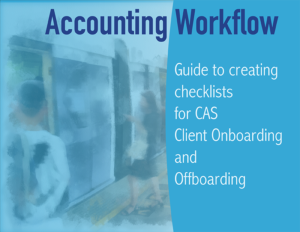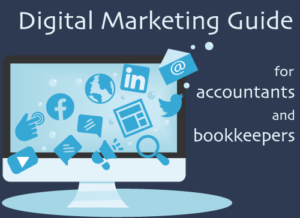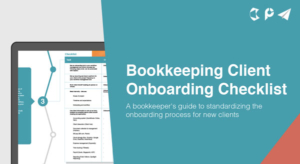It’s not easy to say goodbye, but a client offboarding checklist can help make the process of separating from a client as painless as possible.
We get it. Sometimes, things just don’t work out. Maybe your client has decided to bring their accounting or bookkeeping in-house; maybe it’s your firm that has chosen to serve a different type of client, and this client just doesn’t match that new profile. There are many reasons why even good working relationships come to an end, but whatever the case may be, ending on good terms is important. Your offboarding process should be given just as much care and consideration as onboarding. Keep in mind that unhappy endings can lead to things like negative reviews and social media comments that can harm your reputation. An easeful offboarding, however, might just lead to them recommending your services to other businesses down the road.
Similarly to a client onboarding checklist, when making a client offboarding checklist you should divide the process into its key stages. Then, break down those stages into all the steps it takes to complete them. Some possible stages could include the following:
Review your engagement letter and be sure to adhere to its terms
Your offboarding procedures should be part of your firm’s written procedures, and therefore should be included in your initial contract or engagement letter. To avoid unnecessary legal drama, it is important to abide by the guidelines you first agreed to. For example, if an early termination clause requires you to notify clients x number of days in advance, add “mark deadline for sending disengagement letter on your calendar” to your checklist.
Notify all parties involved
The client (and everyone involved in their account) should be notified in writing that the contract is ending and by what day. Add “draft disengagement letter” to your offboarding checklist. Additionally, at this stage, you might want to hold an offboarding meeting with your client in order to discuss the final steps together. What work needs to be completed still? What materials, if any, does your client need to collect from you and transfer to their new firm/accountant/bookkeeper? You want to make this process as easy as possible for your client, too. Add “schedule an offboarding meeting with your client” and “update client on the status of current projects” to your checklist.
Closeout any ongoing projects and remaining invoices
In order to end on good terms, it is important that your client is satisfied with your work AND that you receive the proper payment for it. Details should be outlined in your engagement letter, but this is also something to discuss at the aforementioned meeting. What steps should be taken to ensure your client receives everything they’ve paid for? Where and when will you send your final invoice? Juggling regular work alongside an offboarding can become stressful. Avoid the headache by having all the steps written down.
Don’t forget about security
Perhaps one of the most important stages of the offboarding process is ensuring that your client’s sensitive information remains protected. Make a list of all the accounts and websites that you have access to and notify your client so they can change their passwords. Giving this reminder will instill that last bit of confidence in your client that you care about them and their safety. When a connection asks your former client to recommend a firm down the line, the first company they’ll recall is the one that cared the most.
Saying goodbye
For the final stage of your offboarding process, it’s important to reassure your (former) client that there are no hard feelings. As part of this step, consider including items like “send a thoughtful, personalized note thanking your client for their business” or “ask for feedback”. If your client churned, take the time to ask them why. It might help you find ways to improve client relationships in the future.
Breakups are hard, but using a client offboarding checklist can reduce the heartache just a little. Offboarding, like any other client interaction, should be treated as a chance to improve the quality of your business and foster a relationship that can lead to more connections in the future.











